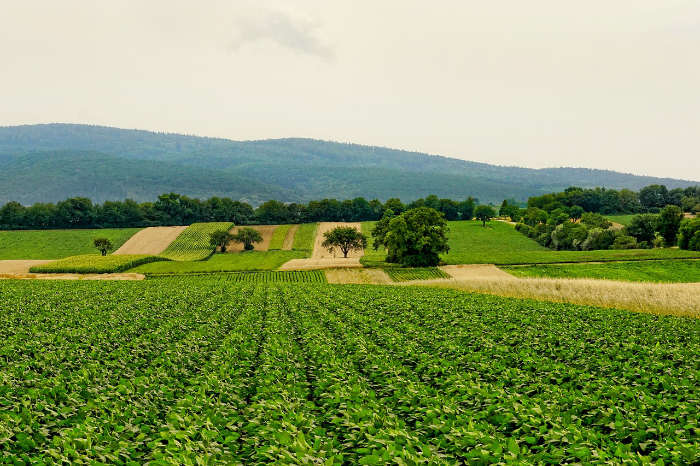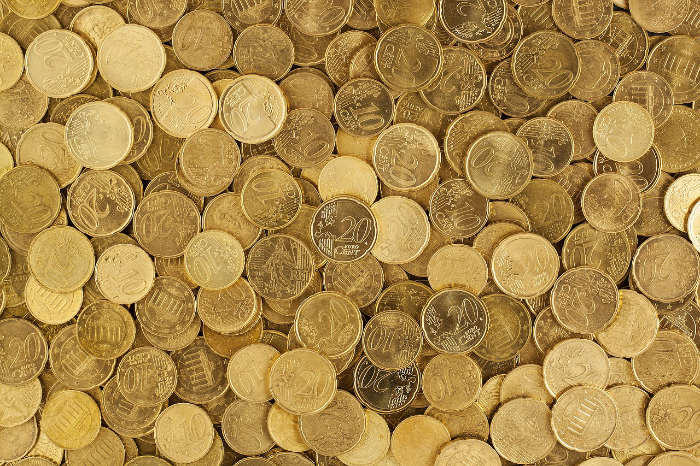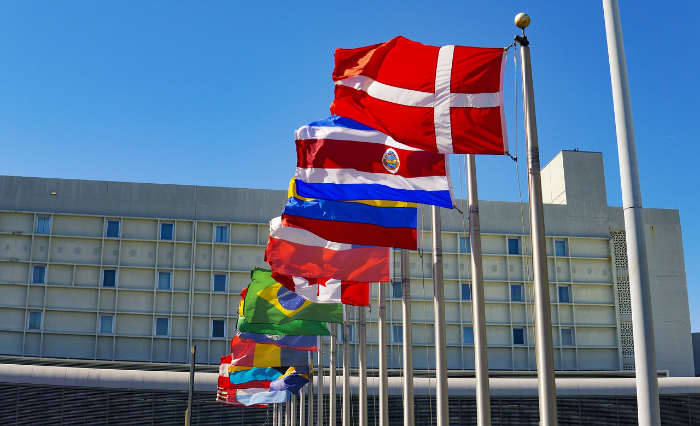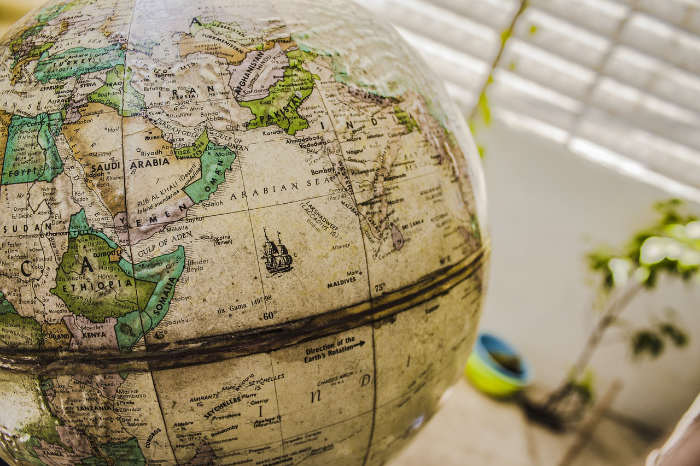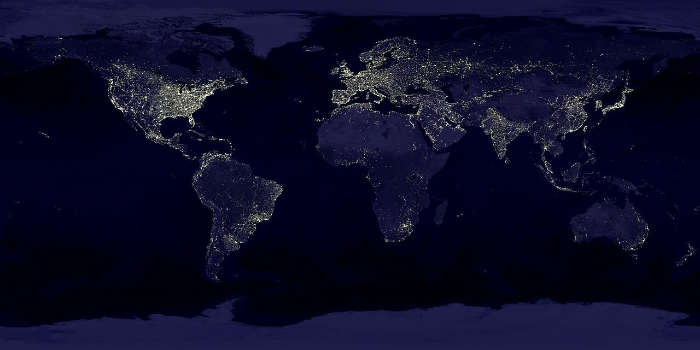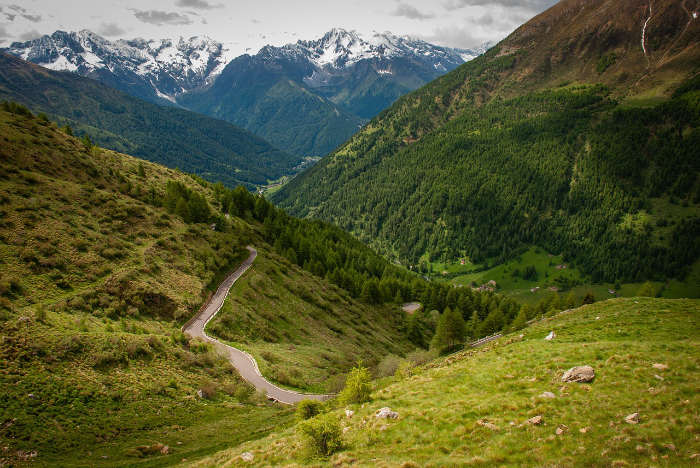Wheat Consumption by Country 2025

0
10M
20M
30M
40M
50M
60M
70M
80M
90M
100M
110M
5 Countries that Consume the Most Wheat
- Total Consumption values are presented in tonnes, also known as metric tons. One tonne = 1,000 kg, or approximately 2,204.6 lbs.
Wheat is one of the most fundamental foods and basic ingredients in countless cultures around the world. But unsurprisingly, wheat consumption can vary sharply by country.
China is the world’s largest consumer of wheat by overall volume, chowing down on almost 103 million tons of grain, as of 2021 data. India is second with just over 90 million tons. Both of these high-population countries consume between 62 and 73.5 kilograms of wheat per capita, placing them roughly in the median globally. The United States is a distant third in total consumption, with just over 29 million tons. However, it has a far higher per-capital consumption, at around 87 kilograms per person. That may sound like a lot, but it’s still just a fraction of the world’s highest per-capita wheat-consuming nations, which include Serbia (214), Tunisia (201), Azerbaijan (200), Montenegro (190), and Algeria (189).
Seven of the world’s top ten wheat consumers by volume are Asian nations (China, India, Pakistan, Russia, Turkey, Iran, and Indonesia), as are five of the top ten per-capita (Azerbaijan, Uzbekistan, Turkey, Georgia, and Tajikistan).
On the opposite end of the spectrum, small countries like Nauru, Micronesia, Saint Kitts and Nevis, and Dominica consume the least total wheat per year, five or fewer thousand tons each. All of the top ten lowest wheat-consuming countries are small islands. Per capita, African countries stand out for their low wheat consumption per person, with the residents of the Central African Republic consuming just 4.11 kilograms per person, followed by Chad (4.38), and the Democratic Republic of Congo (4.81).
A variety of factors can influence wheat consumption levels. These include whether the grain is grown and processed domestically, its role in local cuisine, and the country’s overall wealth. Wheat also plays a significant role in processed foods, leading to higher wheat consumption in countries that eat more processed diets.
While wheat remains one of the most important agricultural products on the planet, it’s easy to see that not every country enjoys equal access to or has an equal desire for this versatile, nutritious grain.





